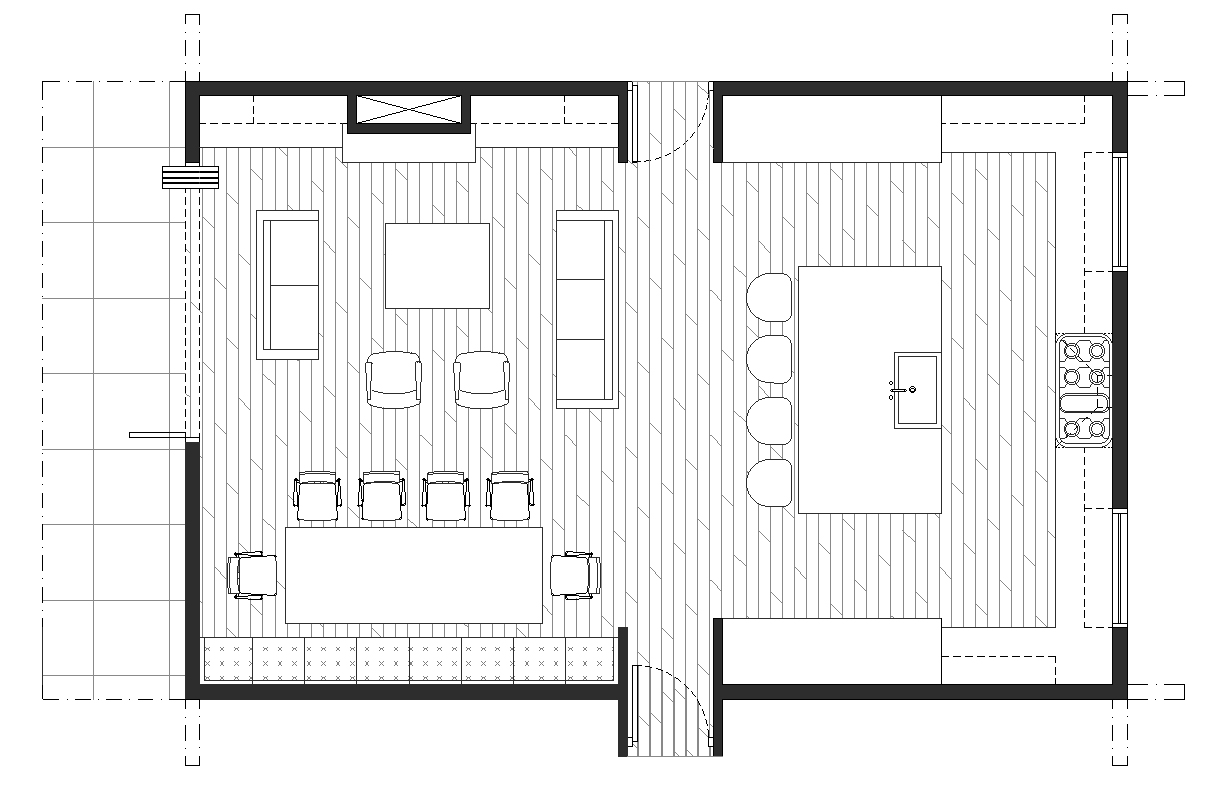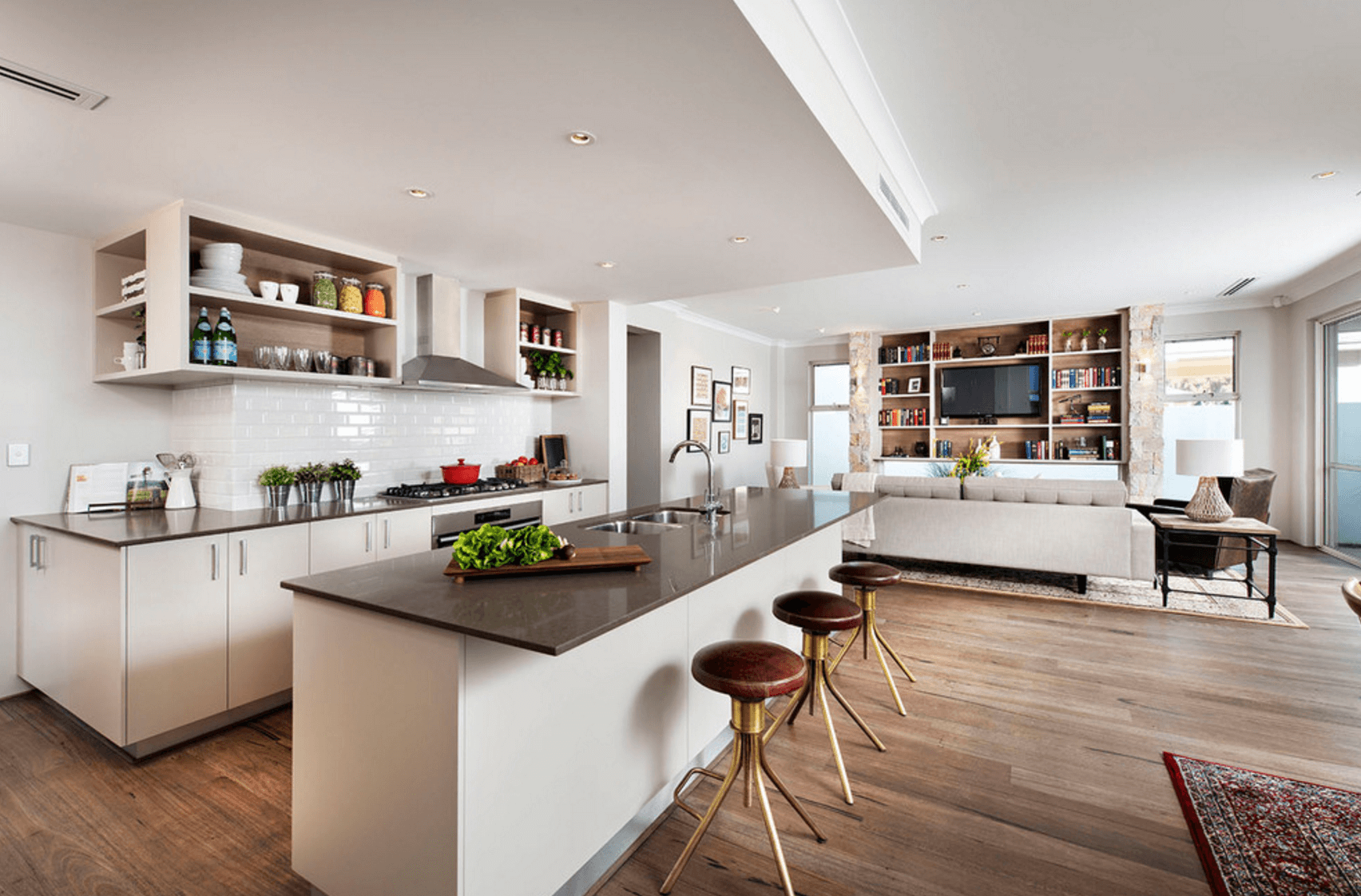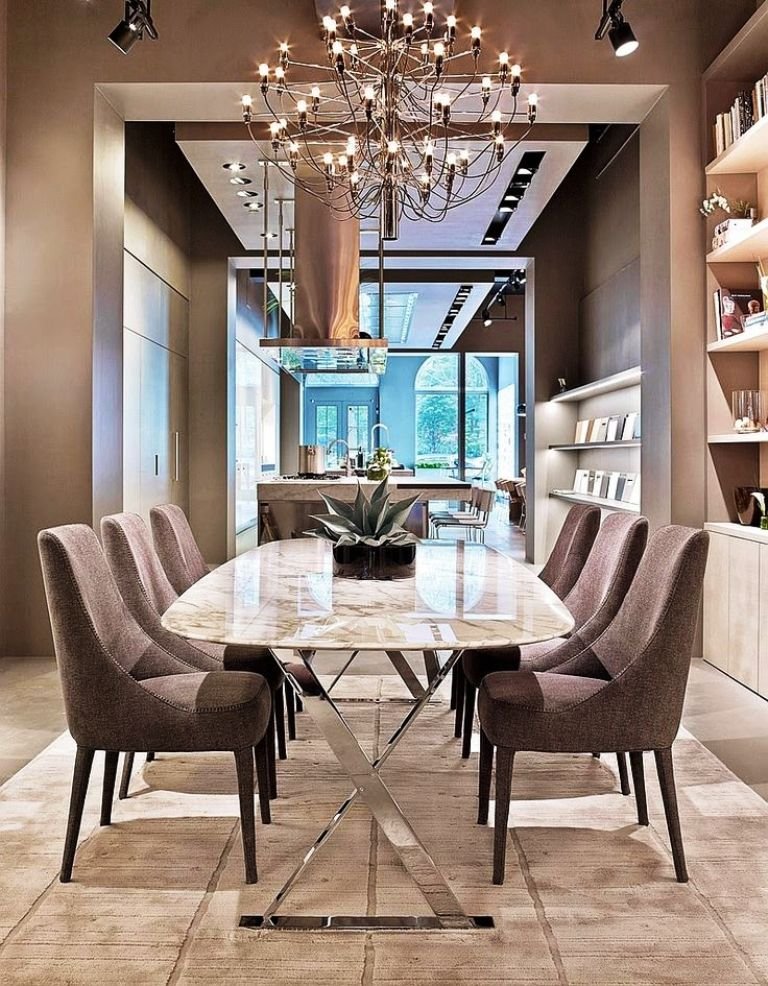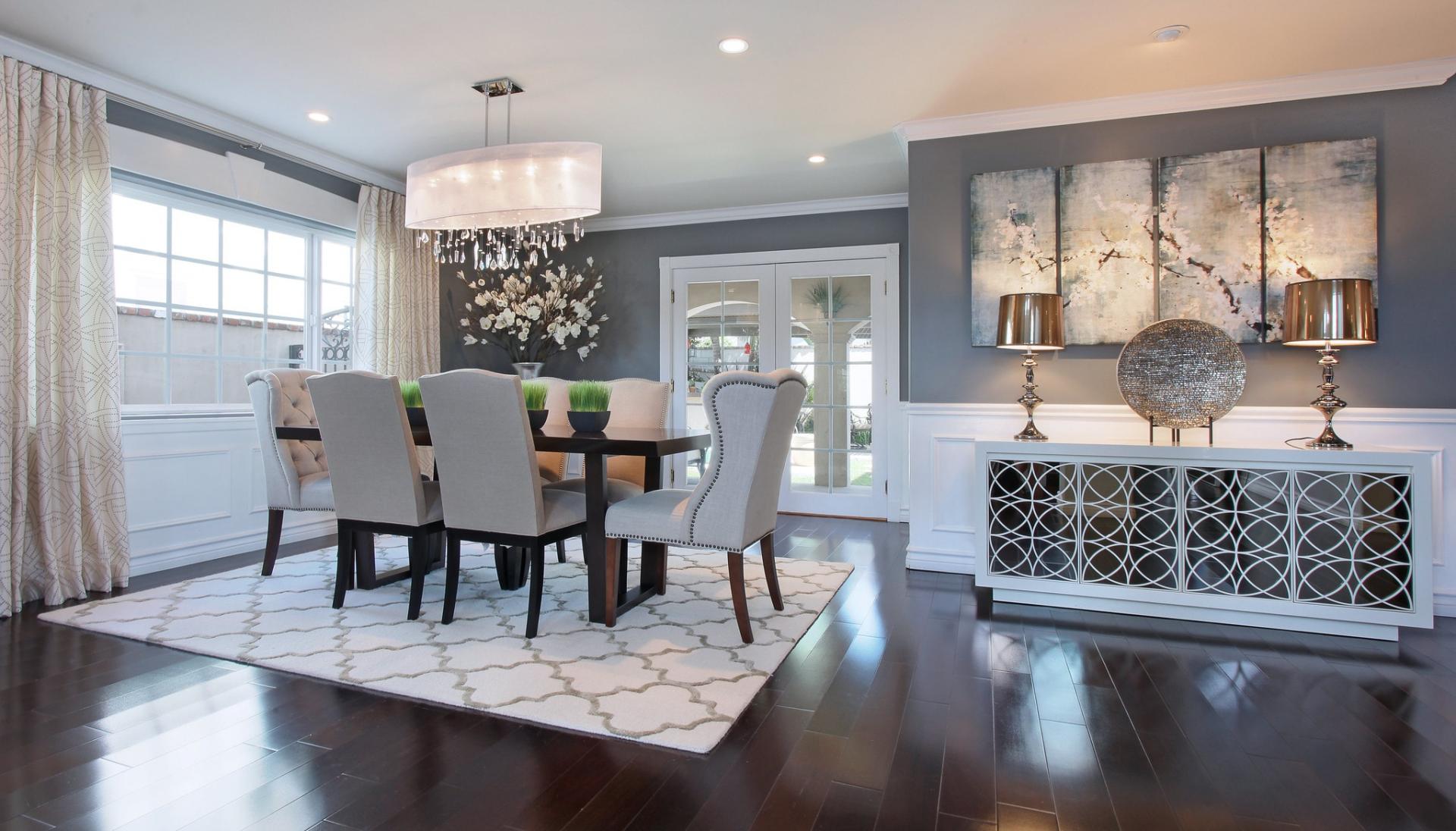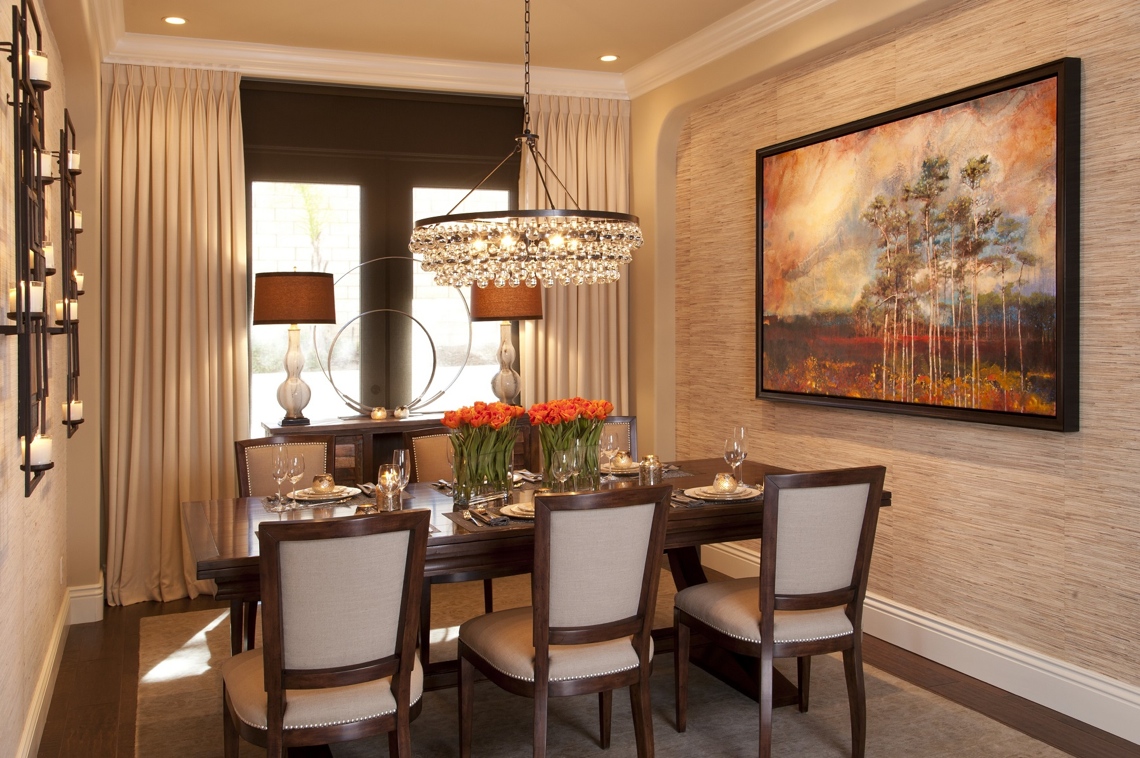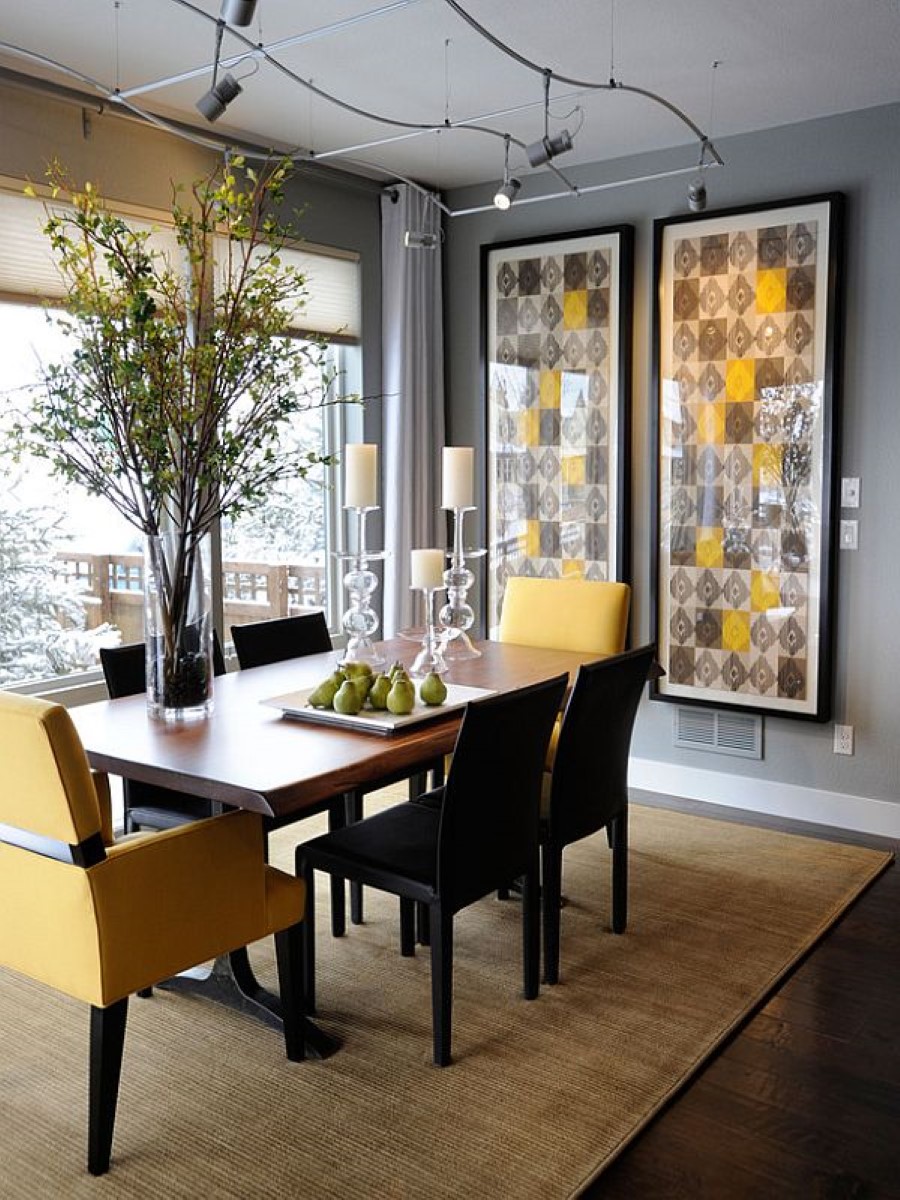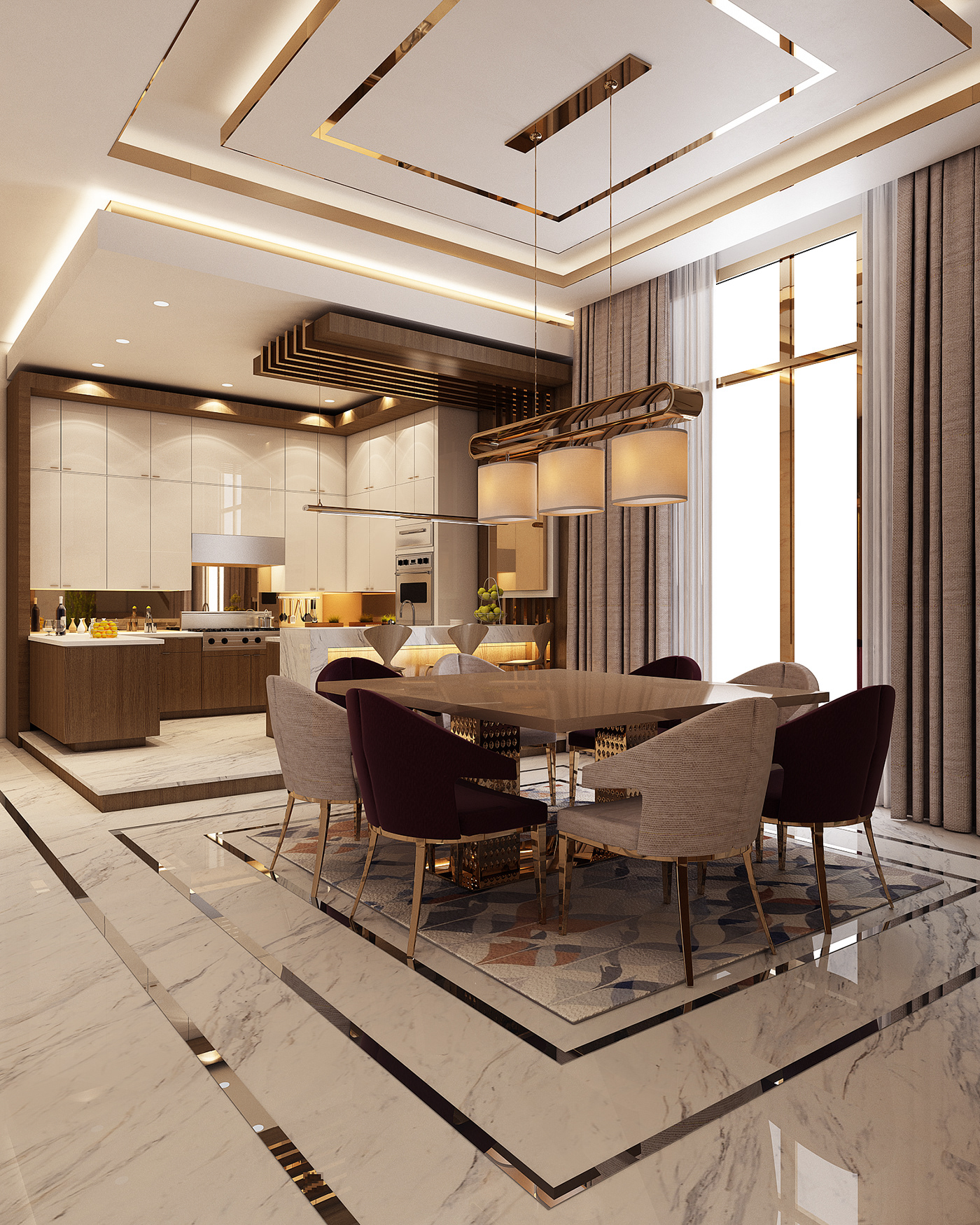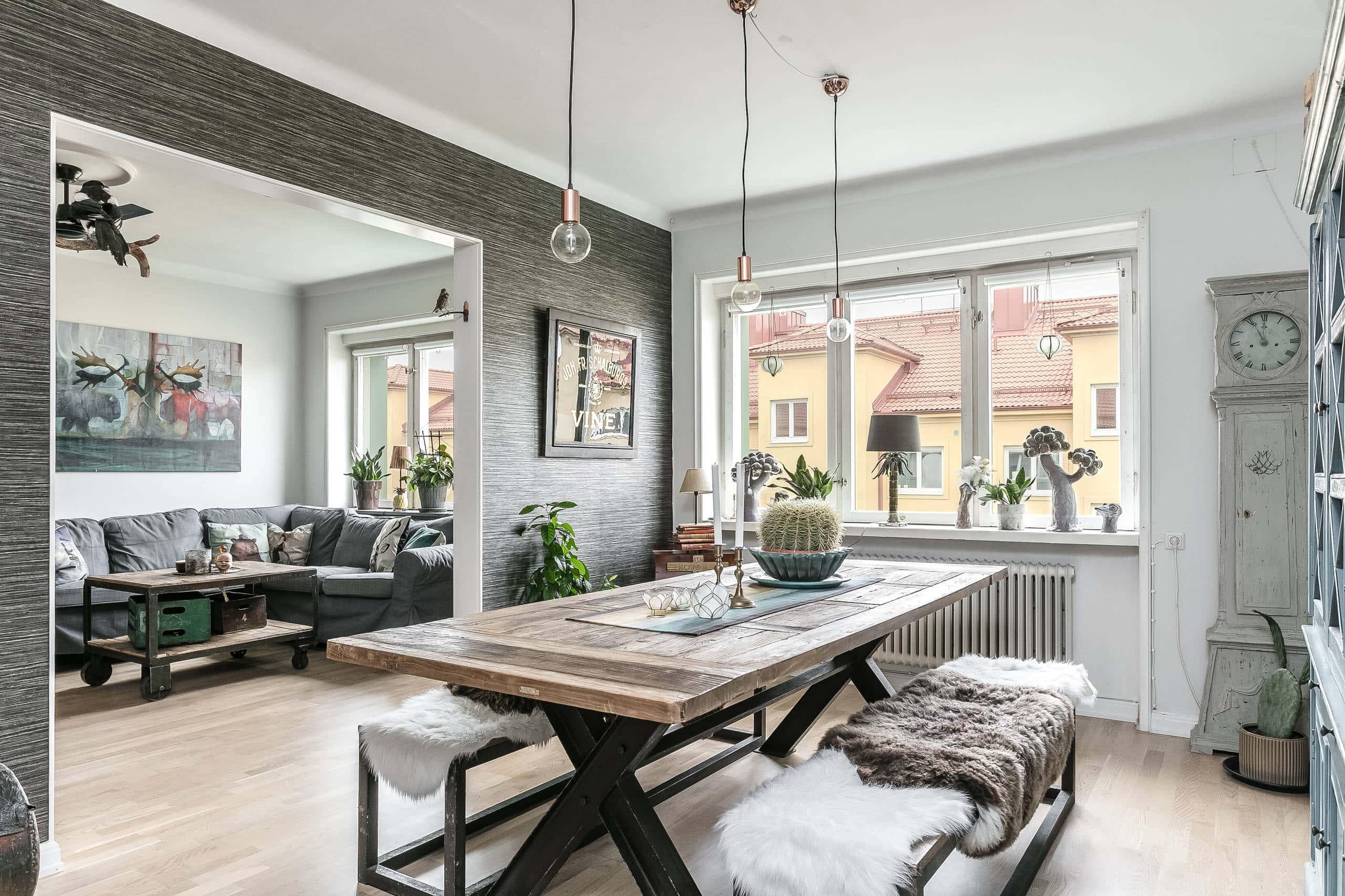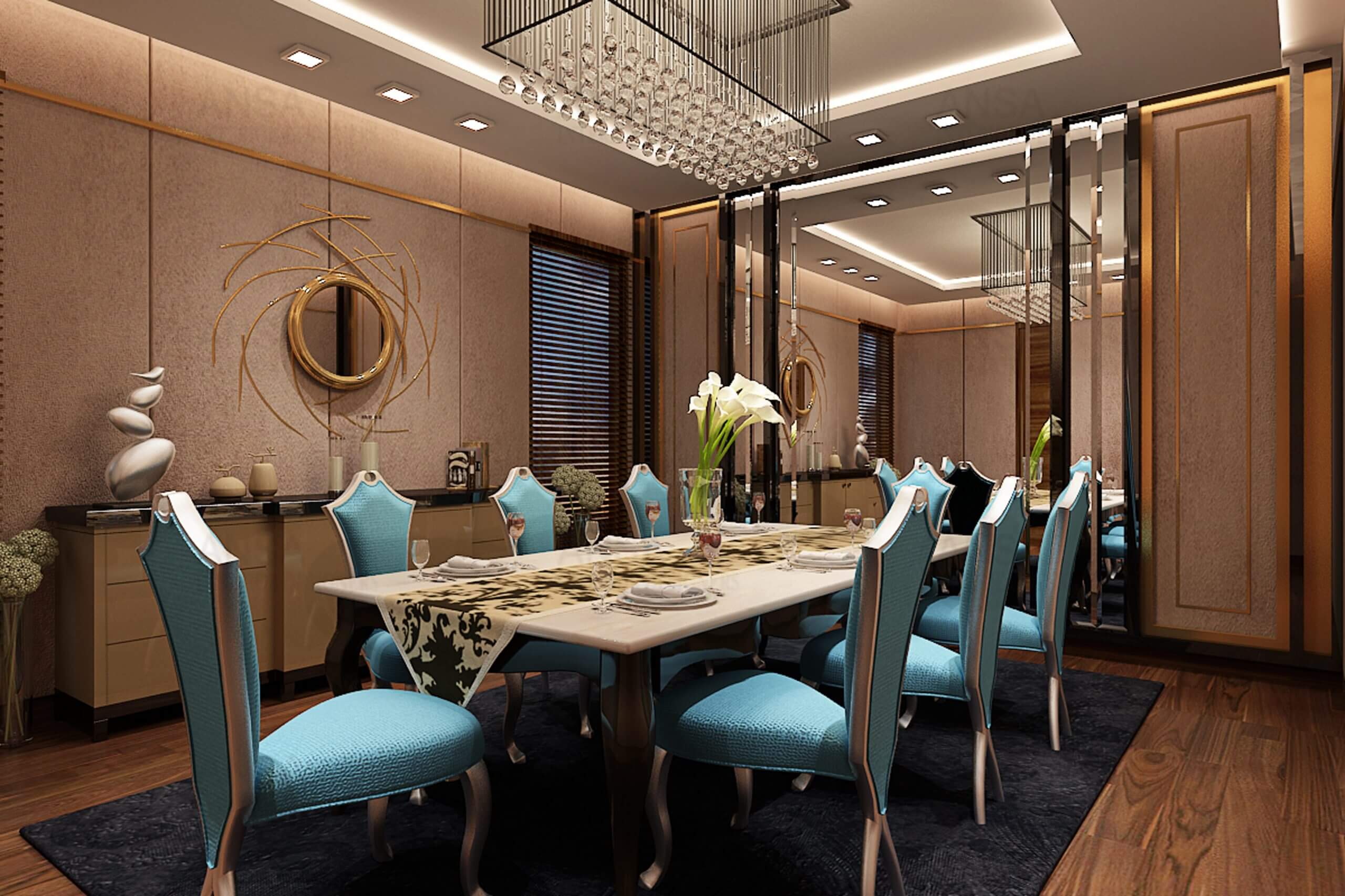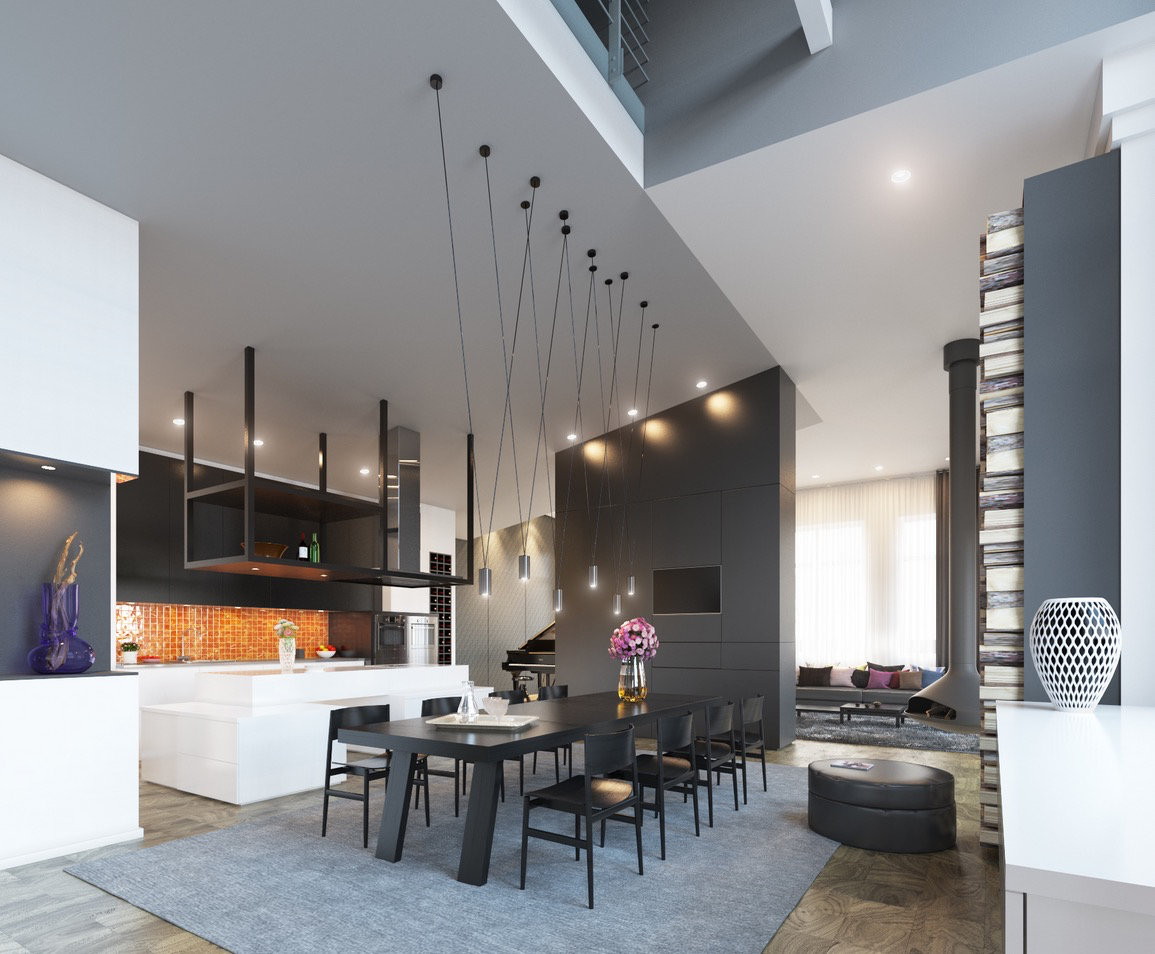The trend of open concept living and dining rooms has been gaining popularity in recent years. This design style removes the barriers between the two spaces, creating a seamless flow and a more spacious feel. It allows for easy communication and socializing between the two areas, making it perfect for entertaining guests or spending quality time with family. One of the key features of an open concept living and dining room is the unobstructed view, which can make the space appear larger and more inviting.Open Concept Living and Dining Room
If you have a small home or apartment, combining your living and dining rooms can be a practical and stylish solution. By sharing the same space, you can maximize the use of the area and avoid wasting valuable square footage. This also creates a unified and cohesive look, especially if you choose complementary color schemes and furnishings for both areas. With the right design, a living room and dining room combo can feel spacious and functional, rather than cramped and cluttered.Living Room and Dining Room Combo
The design of your living and dining room should be carefully thought out to ensure a cohesive and visually appealing space. Pay attention to the layout, furniture placement, color scheme, and lighting to create a harmonious and balanced look. For example, using a similar color palette for both areas can help tie them together, while incorporating different textures and patterns can add depth and interest. It's also important to consider the functionality of the space and choose furniture that fits the scale and purpose of each area.Living and Dining Room Design
The layout of your living and dining room is crucial in creating a functional and comfortable space. With an open concept design, you have more freedom to experiment with different layouts and furniture arrangements. For instance, you can place the dining table near the kitchen for easy access to food and dishes, or have a cozy seating area in the living room with a view of the dining table. The key is to find a layout that suits your needs and maximizes the flow and functionality of the space.Living and Dining Room Layout
If you're looking for inspiration to design your living and dining room, there are plenty of ideas to consider. You can opt for a modern and minimalist look with clean lines and neutral colors, or go for a more traditional and cozy feel with warm tones and comfortable furnishings. Incorporating natural elements like plants or wood accents can add a touch of warmth and bring life to the space. Don't be afraid to mix and match different styles to create a unique and personalized living and dining room that reflects your taste and personality.Living and Dining Room Ideas
Having your living and dining room together in one space can create a harmonious and multifunctional area. It allows for easy transition and flexibility, whether you want to relax and watch TV or sit down for a meal with family or friends. This setup also promotes better communication and interaction, making it ideal for families with young children or for those who love to entertain. With the right design and layout, you can have a living and dining room that works together seamlessly.Living and Dining Room Together
Combining your living and dining rooms can also be a practical choice for those who have limited space. By eliminating walls and barriers, you can create a more open and airy feel, making the space appear larger. This is especially beneficial for smaller homes or apartments, where every inch of space counts. With a living and dining room combination, you can still have distinct areas for different activities, but without the constraints of separate rooms.Living and Dining Room Combination
An open floor plan is a popular choice for modern homes, and it works particularly well for living and dining rooms. This design style removes walls and doors, creating a fluid and continuous space that promotes easy movement. It also allows for natural light to flow throughout the area, making it feel bright and spacious. With an open floor plan, you have more flexibility in terms of furniture placement and design, making it easier to create a cohesive and stylish living and dining room.Living and Dining Room Open Floor Plan
The right decor can tie your living and dining room together and elevate the overall look of the space. Consider adding personal touches like artwork, family photos, or meaningful objects to make the space feel more welcoming and unique. You can also use area rugs to define each area and add color and texture to the room. Don't be afraid to play with different textures and patterns, and don't forget to incorporate proper lighting to create a warm and inviting atmosphere.Living and Dining Room Decorating Ideas
When it comes to interior design, the living and dining room is an important space to consider. It's where you spend time with loved ones, entertain guests, and relax after a long day. The key is to strike a balance between style and functionality, creating a space that not only looks beautiful but also serves its purpose. With an open concept design, you have more room to be creative and find the perfect balance between the two. With the right interior design, your living and dining room can become the heart of your home.Living and Dining Room Interior Design
The Benefits of a Dining Room Connected to the Living Room
:max_bytes(150000):strip_icc()/living-dining-room-combo-4796589-hero-97c6c92c3d6f4ec8a6da13c6caa90da3.jpg)
Enhancing Open Concept Living
 One of the most popular trends in modern house design is the concept of an open floor plan, where the boundaries between rooms are blurred and a sense of flow and connectivity is achieved. This is especially true for the main living spaces of a house, such as the dining room and living room. By connecting these two spaces, homeowners can enhance the open concept living experience and create a seamless transition between the two rooms.
One of the most popular trends in modern house design is the concept of an open floor plan, where the boundaries between rooms are blurred and a sense of flow and connectivity is achieved. This is especially true for the main living spaces of a house, such as the dining room and living room. By connecting these two spaces, homeowners can enhance the open concept living experience and create a seamless transition between the two rooms.
Keywords: open floor plan, main living spaces, seamless transition
Maximizing Space and Functionality
 In today's fast-paced world, space is a valuable commodity. By connecting the dining room to the living room, homeowners can maximize the use of their space and create a more functional layout. This is particularly beneficial for smaller homes or apartments, where every square foot counts. With a dining room connected to the living room, there is no need for a separate dining area, freeing up space for other purposes such as a home office or playroom.
In today's fast-paced world, space is a valuable commodity. By connecting the dining room to the living room, homeowners can maximize the use of their space and create a more functional layout. This is particularly beneficial for smaller homes or apartments, where every square foot counts. With a dining room connected to the living room, there is no need for a separate dining area, freeing up space for other purposes such as a home office or playroom.
Keywords: maximize space, functional layout, smaller homes
Promoting Social Interaction
 The dining room and living room are often the heart of the home, where family and friends gather to eat, relax, and socialize. By connecting these two spaces, homeowners can promote social interaction and create a more inviting and inclusive atmosphere. Whether it's hosting a dinner party or simply spending quality time with loved ones, having a dining room connected to the living room allows for a seamless flow of conversation and connection.
The dining room and living room are often the heart of the home, where family and friends gather to eat, relax, and socialize. By connecting these two spaces, homeowners can promote social interaction and create a more inviting and inclusive atmosphere. Whether it's hosting a dinner party or simply spending quality time with loved ones, having a dining room connected to the living room allows for a seamless flow of conversation and connection.
Keywords: heart of the home, social interaction, inviting atmosphere
Creating Versatile Design Options
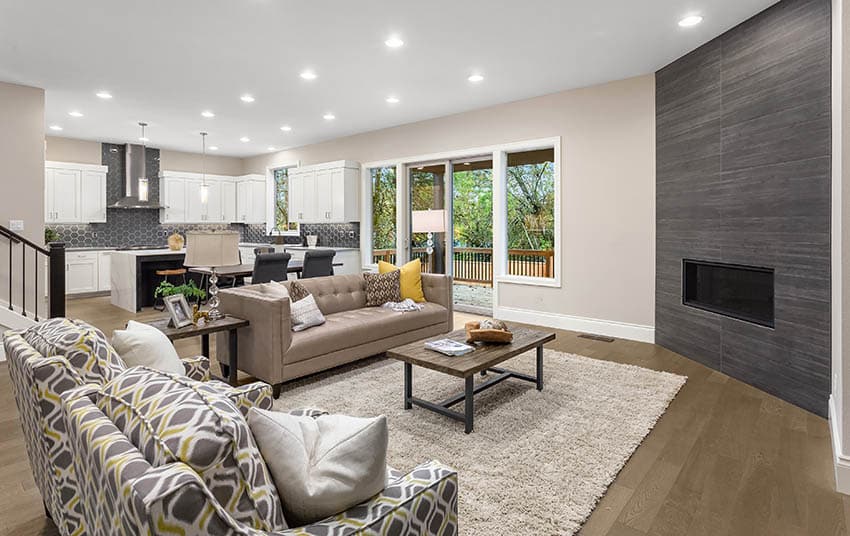 Another advantage of having a dining room connected to the living room is the versatility it offers in terms of design options. With the two rooms seamlessly connected, homeowners have the freedom to play with different layouts, furniture arrangements, and decor styles. This allows for a more cohesive and unified design aesthetic throughout the main living spaces, making the house feel more cohesive and put together.
Another advantage of having a dining room connected to the living room is the versatility it offers in terms of design options. With the two rooms seamlessly connected, homeowners have the freedom to play with different layouts, furniture arrangements, and decor styles. This allows for a more cohesive and unified design aesthetic throughout the main living spaces, making the house feel more cohesive and put together.
Keywords: versatile design, furniture arrangements, cohesive aesthetic
In conclusion, connecting the dining room to the living room has numerous benefits for homeowners looking to enhance their house design. From promoting an open concept living experience and maximizing space, to promoting social interaction and offering versatile design options, this trend is here to stay. So, if you're considering a home renovation or building a new house, consider incorporating a dining room connected to the living room for a more functional and stylish living space.











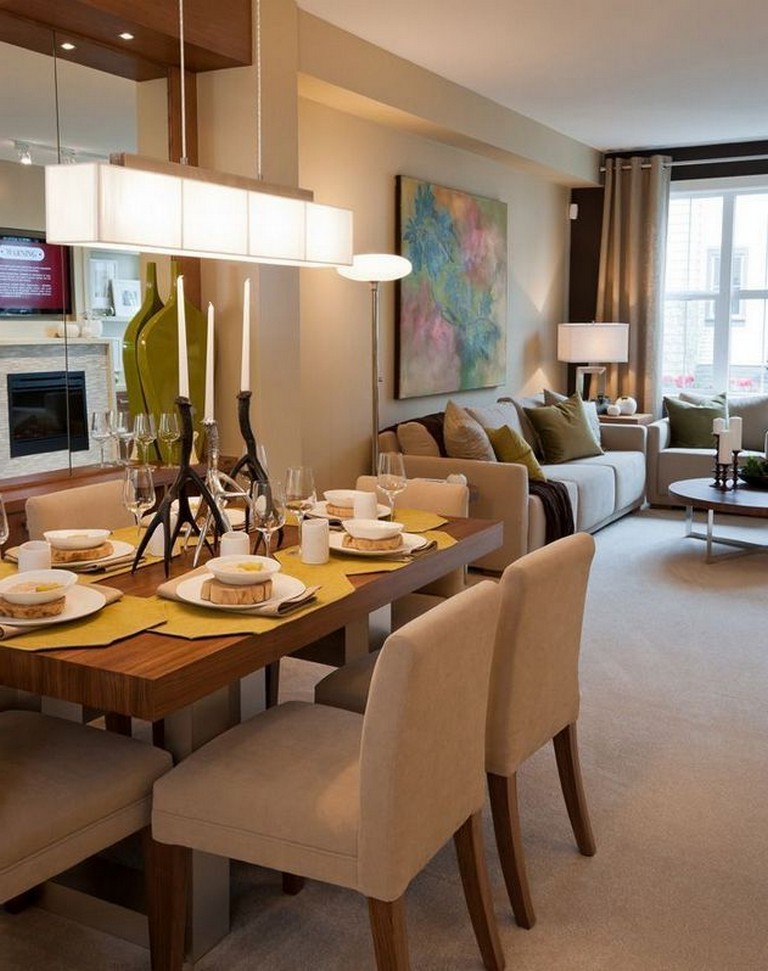

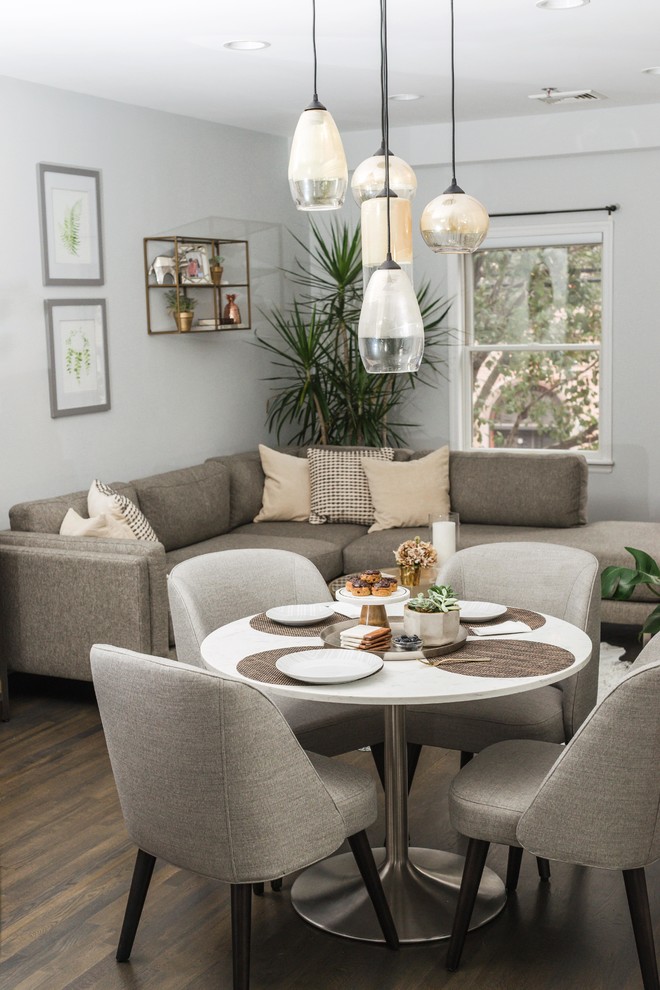

/orestudios_laurelhurst_tudor_03-1-652df94cec7445629a927eaf91991aad.jpg)
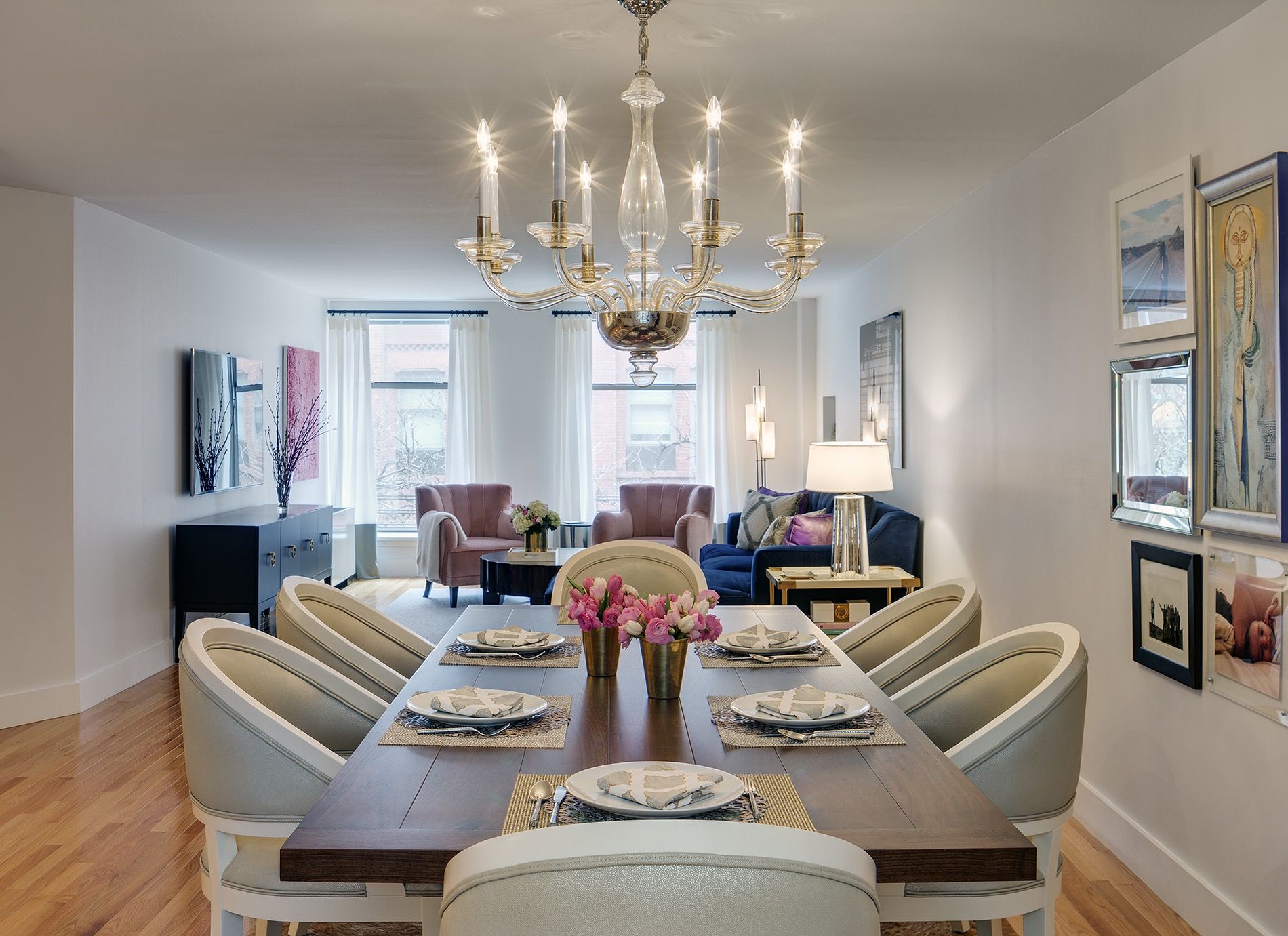
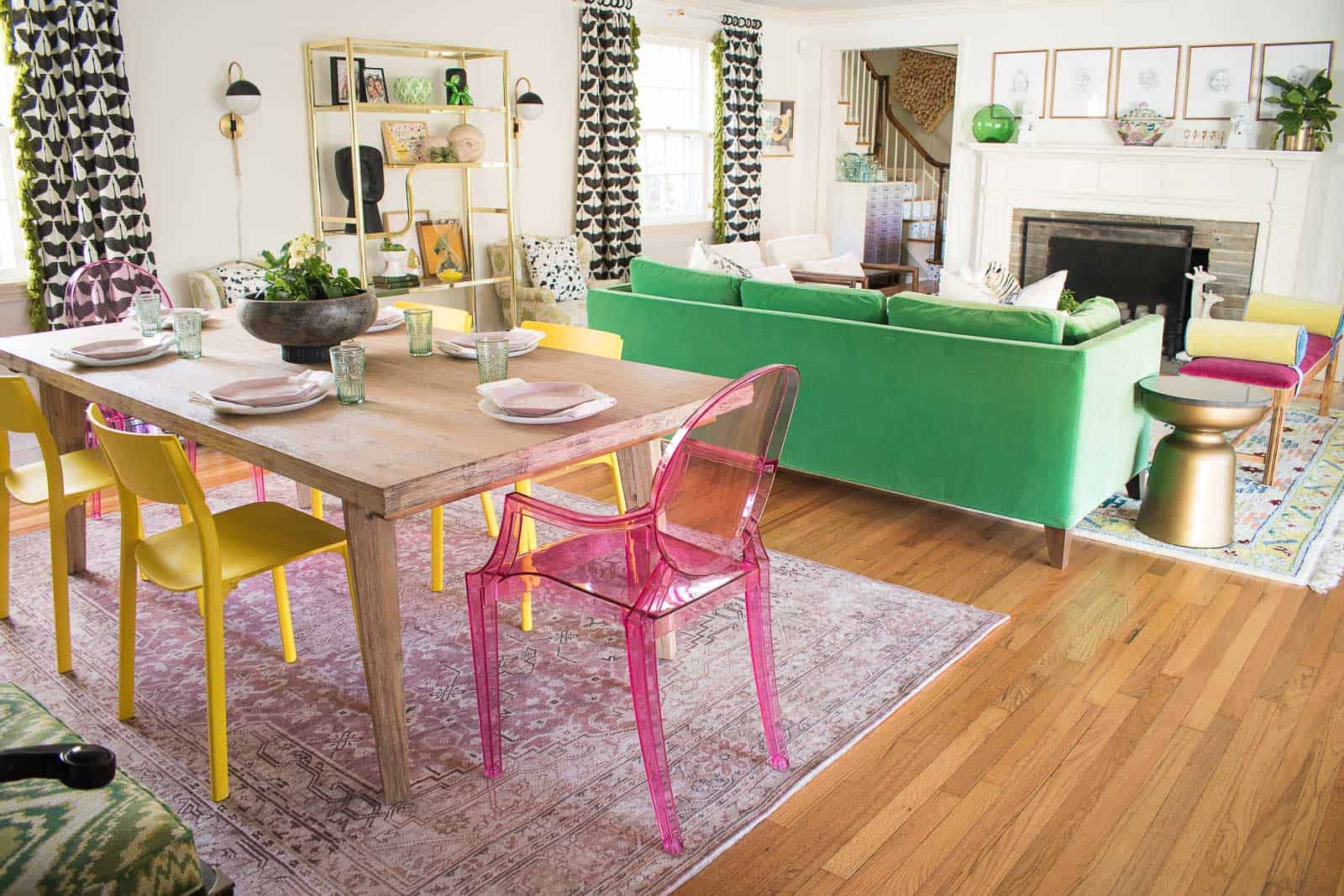


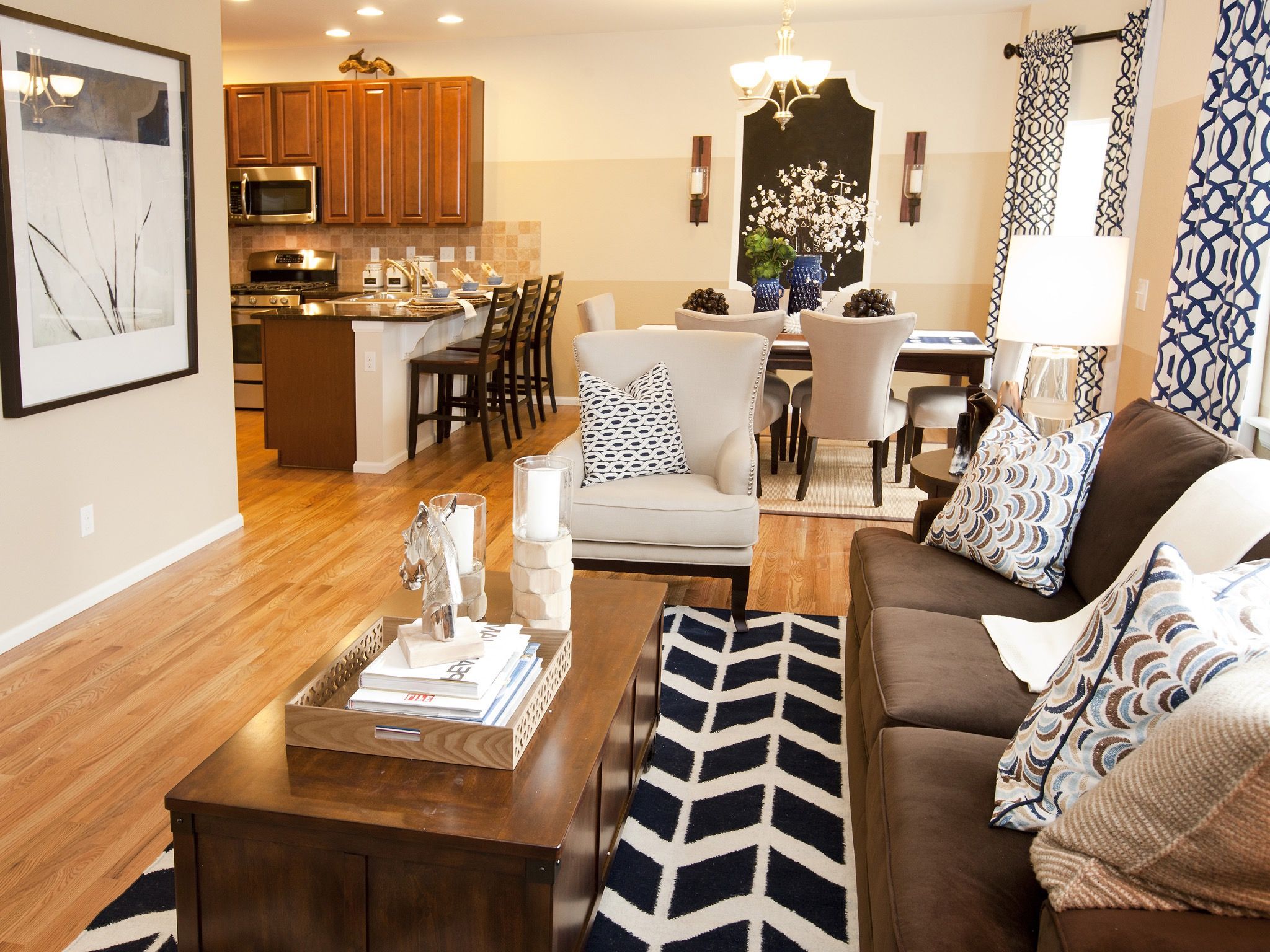
:max_bytes(150000):strip_icc()/GettyImages-532845088-cf6348ce9202422fabc98a7258182c86.jpg)


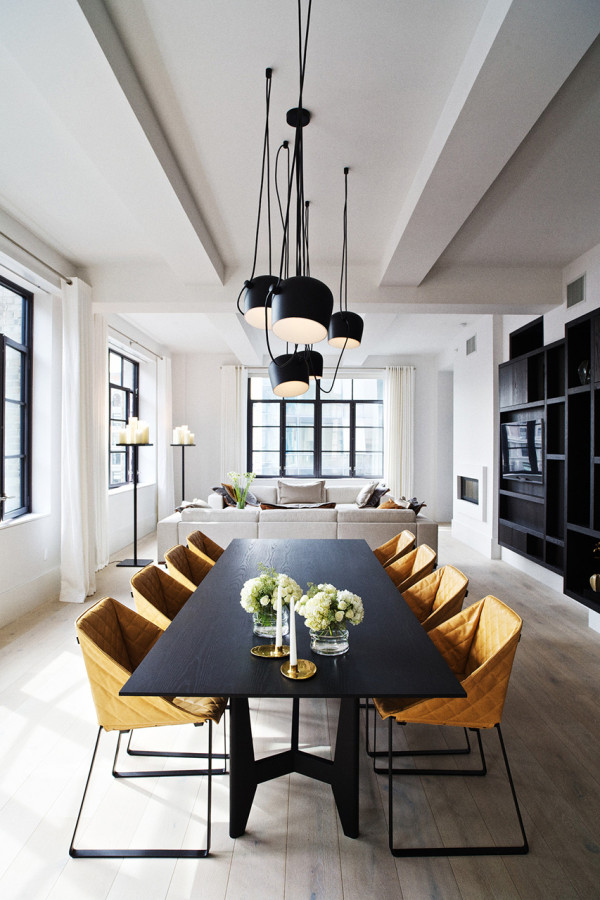




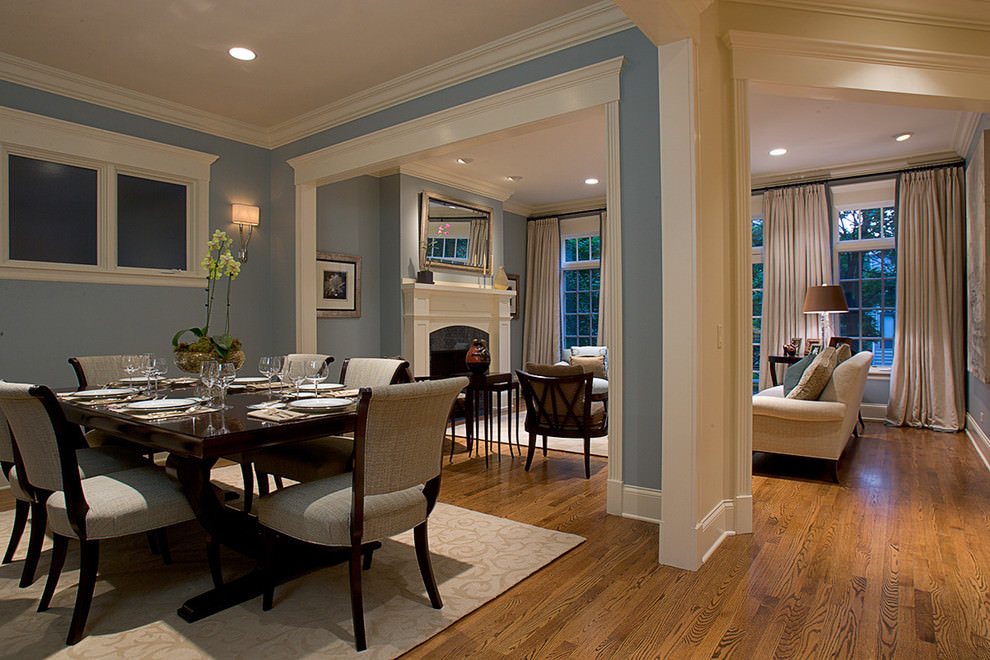



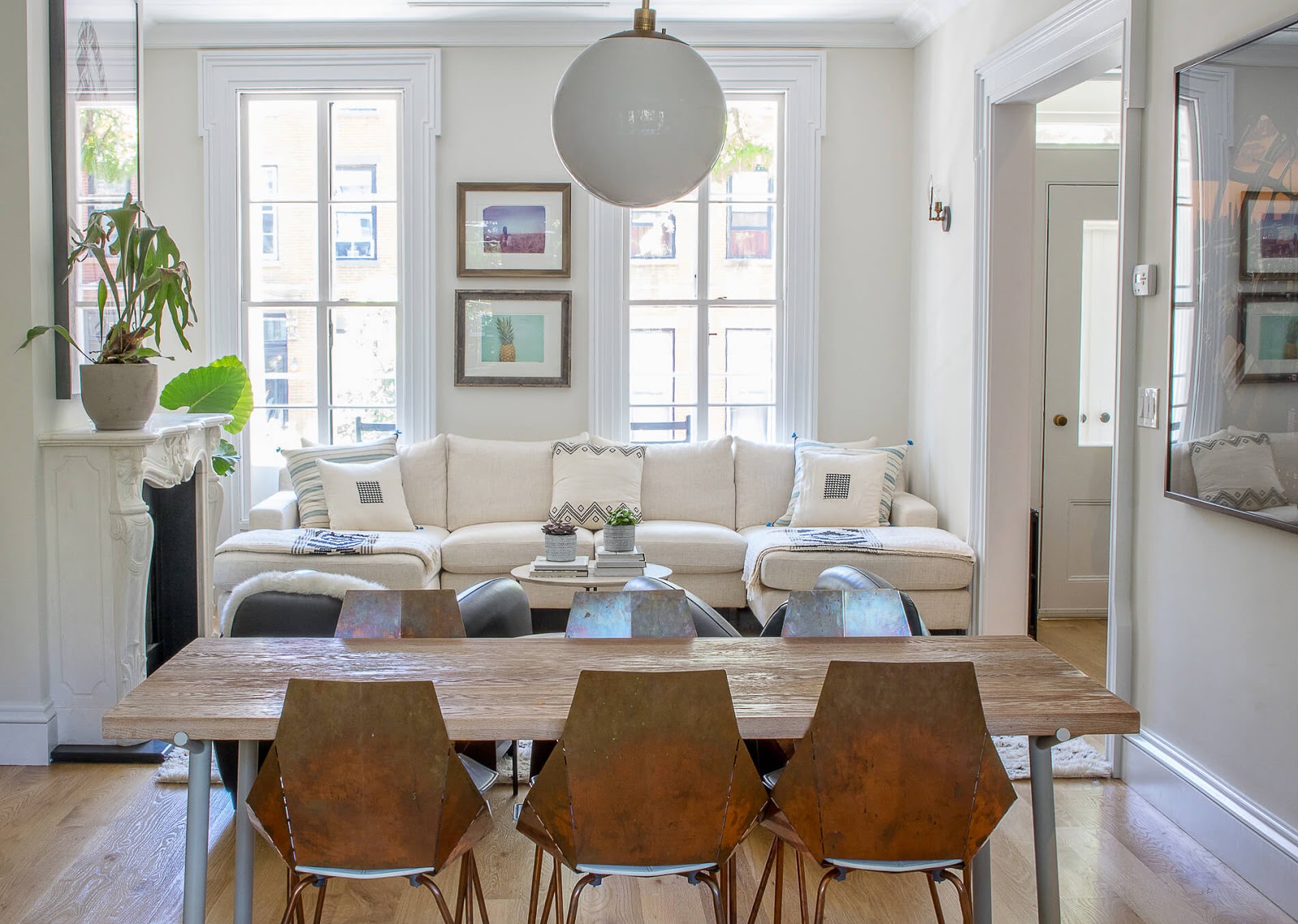





:max_bytes(150000):strip_icc()/living-dining-room-combo-4796589-hero-97c6c92c3d6f4ec8a6da13c6caa90da3.jpg)


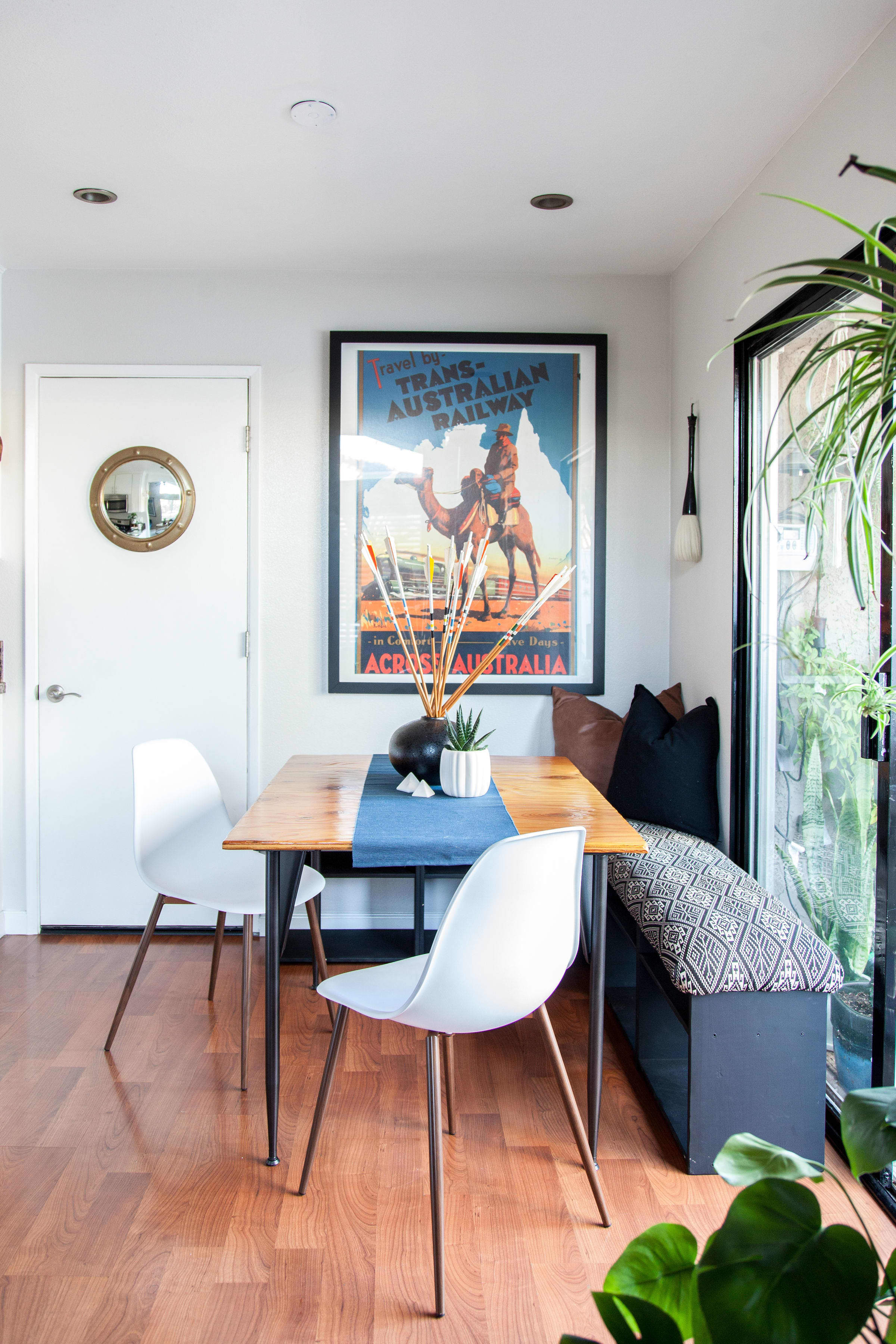


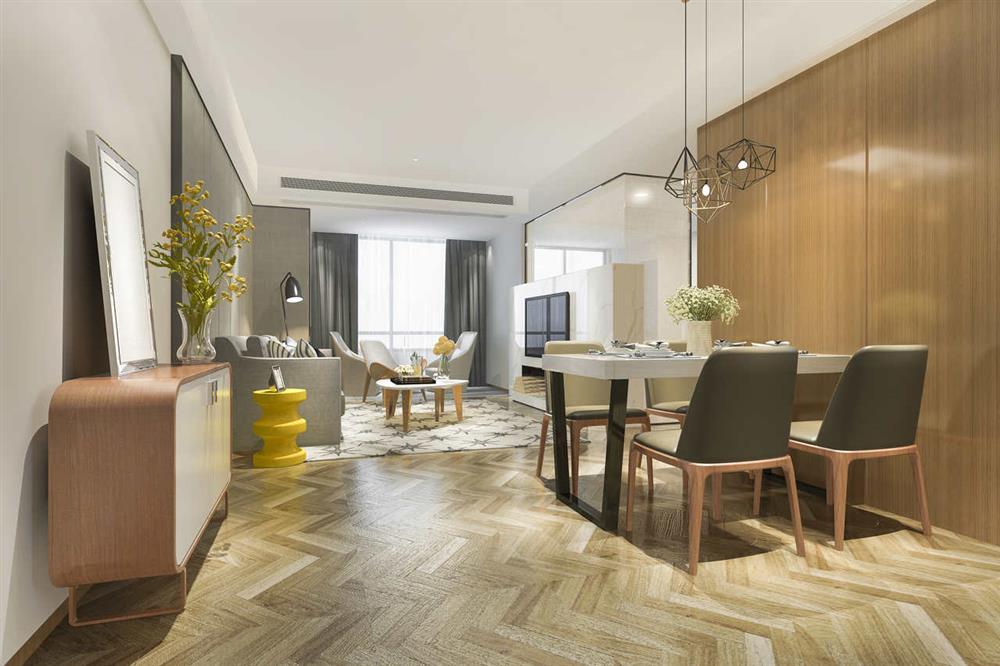
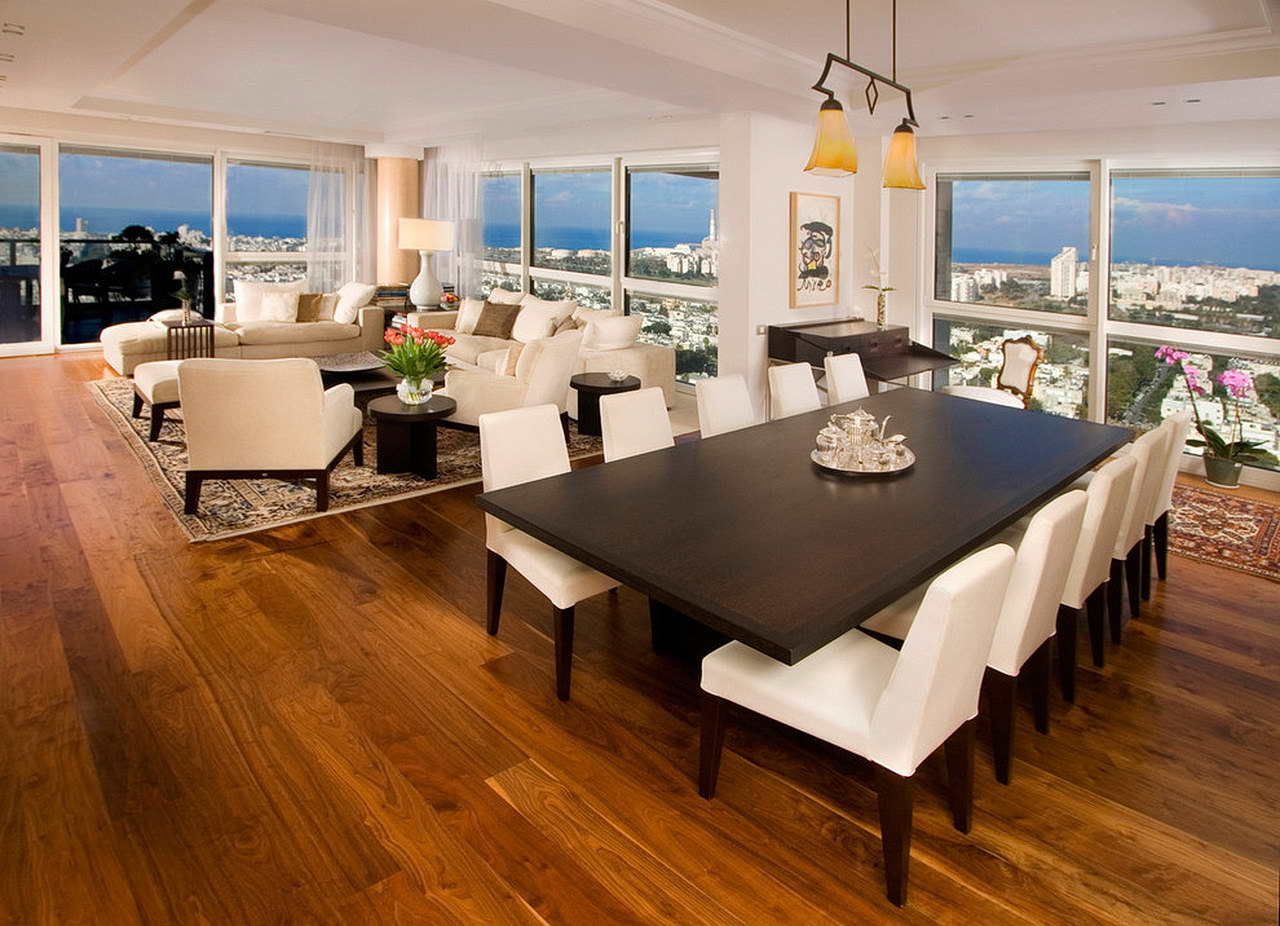
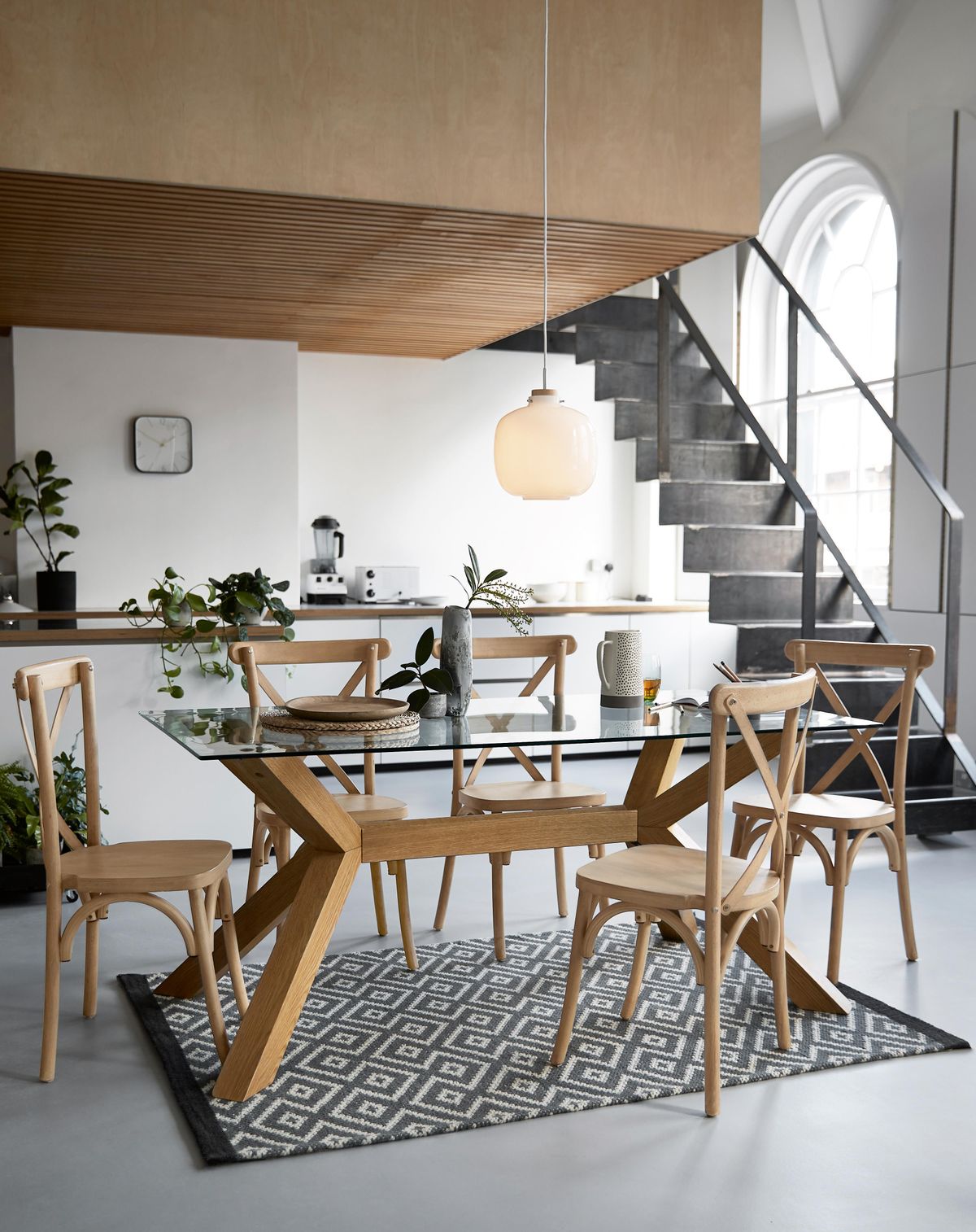

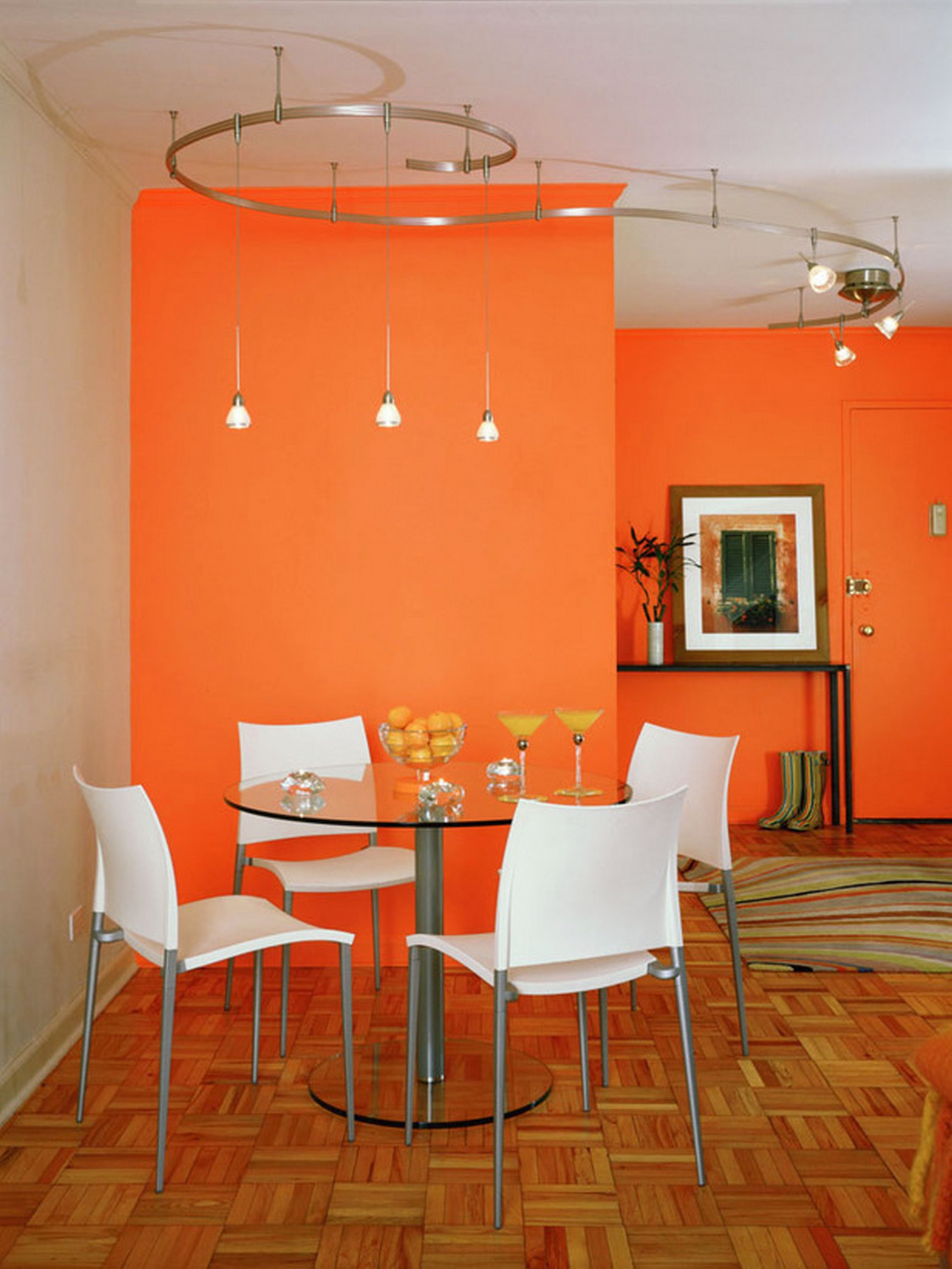

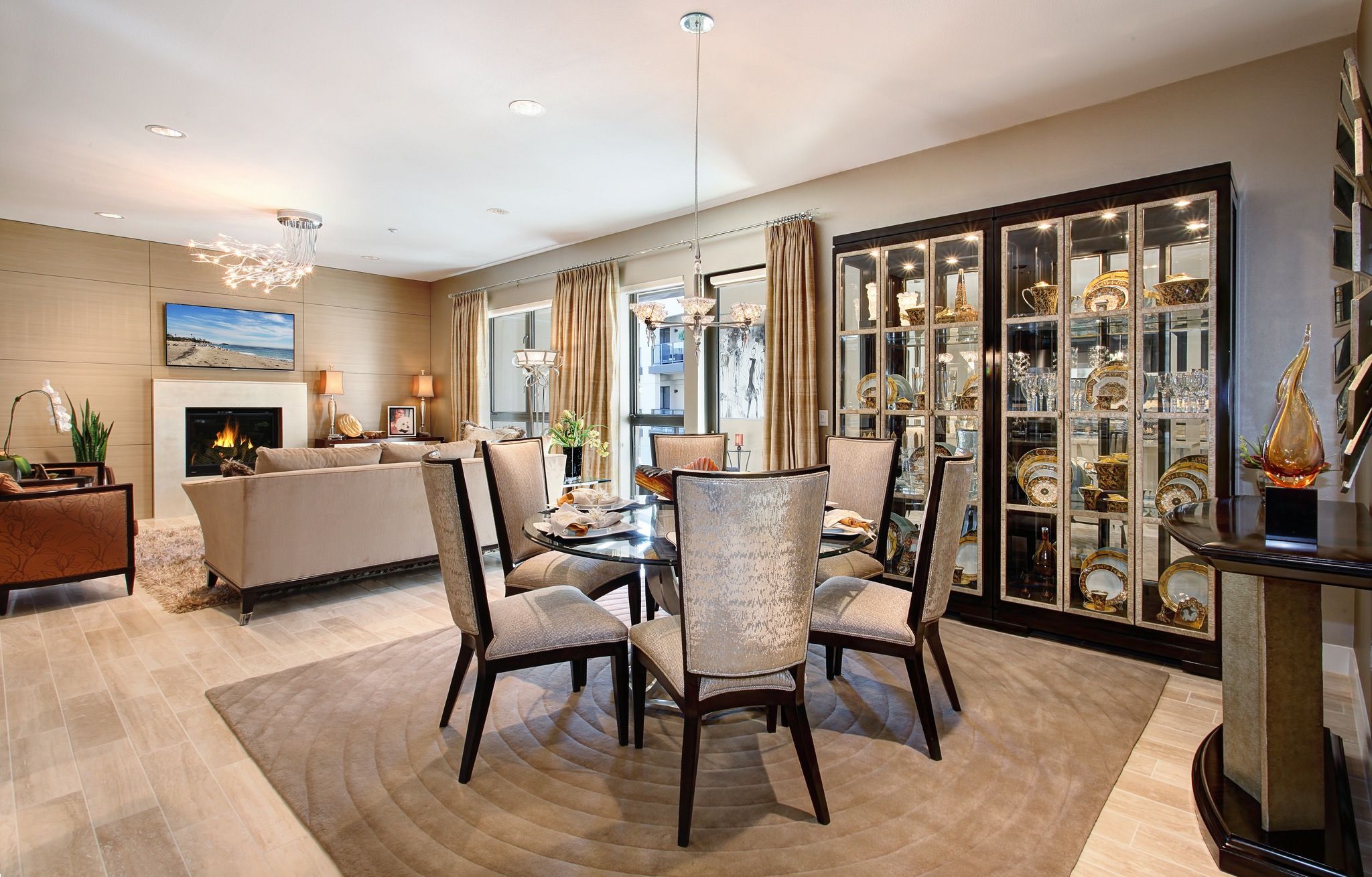

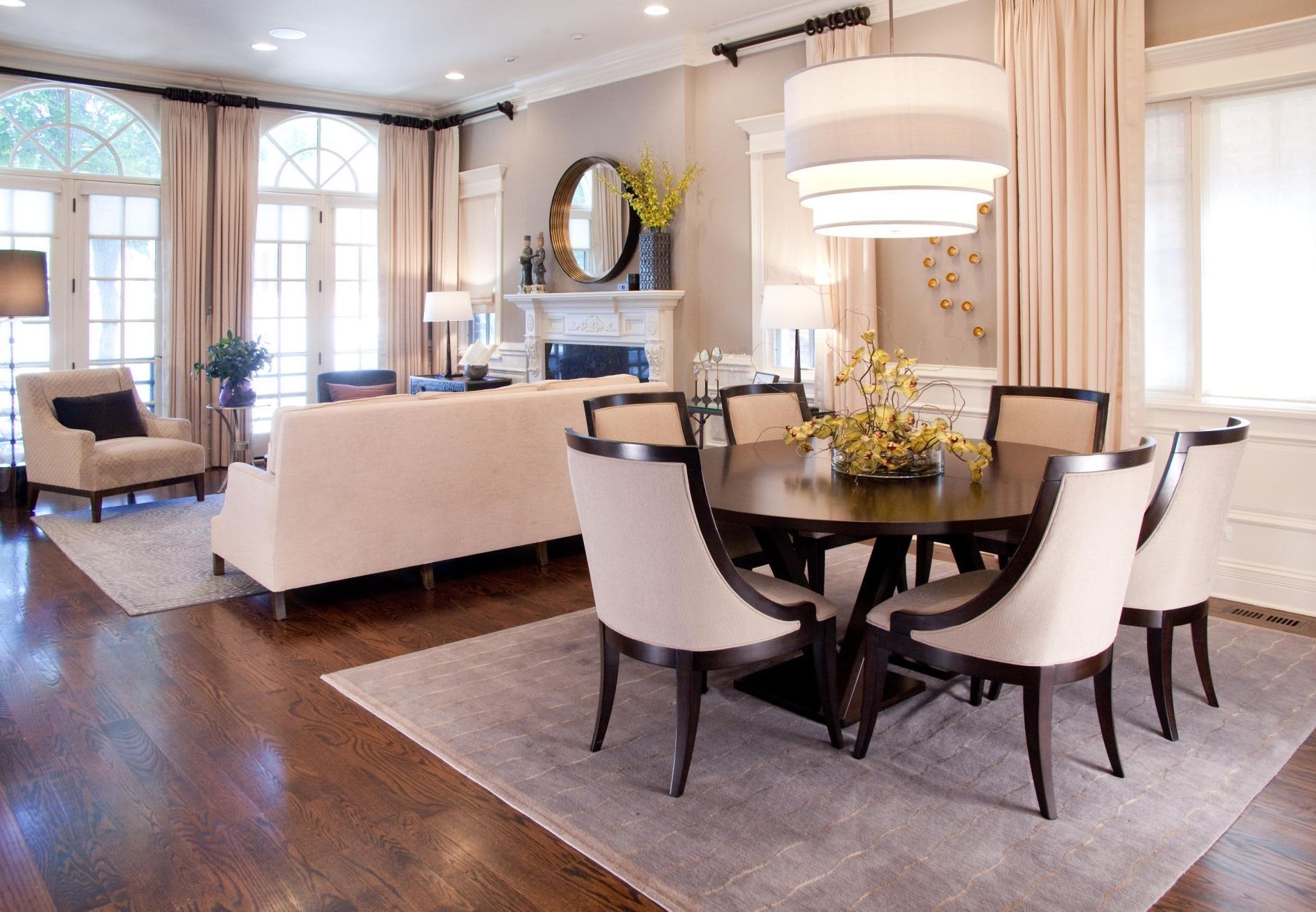


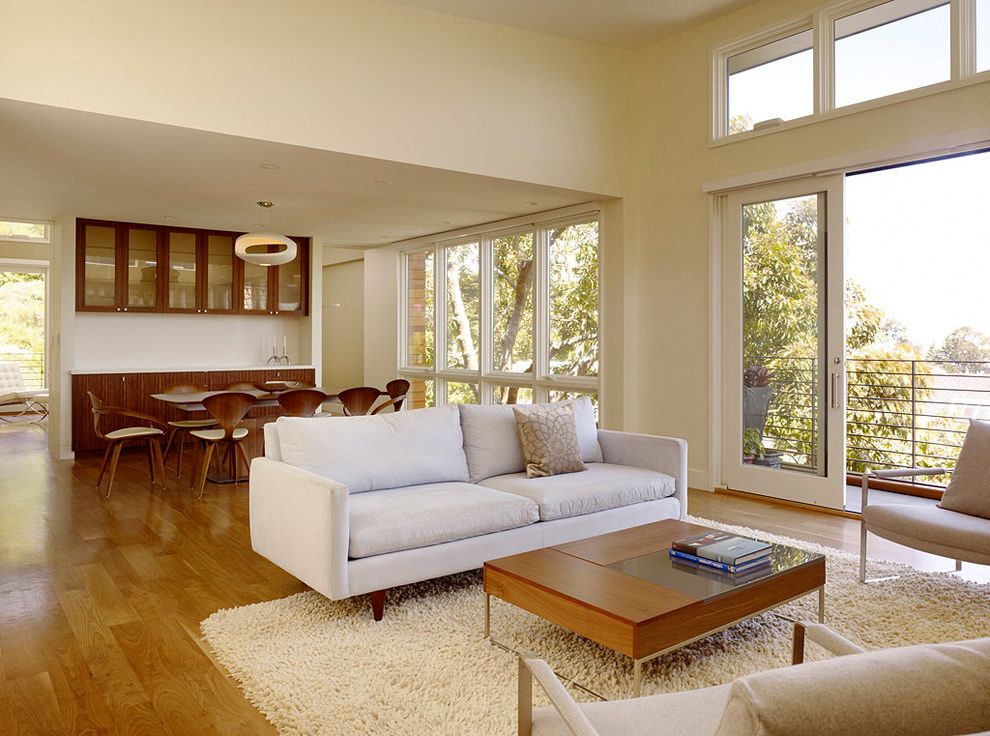
/open-concept-living-area-with-exposed-beams-9600401a-2e9324df72e842b19febe7bba64a6567.jpg)





